At this time of year, you will surely be thinking about how to take care of your marijuana plant to continue growing it in the best conditions. Now is the time to think about having a good substrate , the material that fixes our plant in the pot, so that it grows in a healthy and strong way whether it is grown indoors or outdoors. The quality of the substrate will be very important , since it not only helps us to fix our plant, but also nourishes and provides what is necessary for optimal growth . The basic elements that must be taken into account for this are: oxygen, water and nutrients . One of the most important is oxygen, so the chosen substrate must always allow the roots to develop their metabolic and respiratory activity vital for their proper growth, receiving the necessary oxygen, being well aerated to carry out the exchange of CO2 and oxygen without problems.
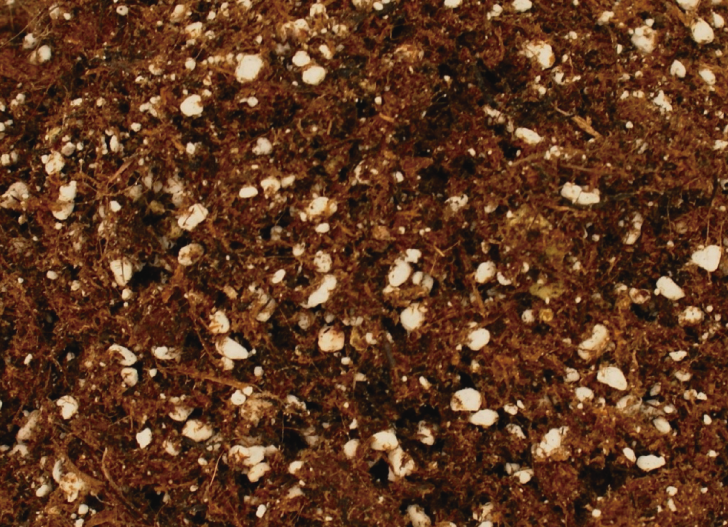
A great advantage that we have for growing cannabis is that it is a plant that adapts quite well to the environment and that means that we can choose between various types of substrate, depending on the time we can dedicate and the results we want to obtain . It is important that we observe how the substrate acts to know how the plant is feeding and how we have to water it . Some substrates will make the marijuana plant absorb water and nutrients faster than others, so we must be aware of how this absorption is taking place so that the plant never has dry and dehydrated. We must also take care that our plant has a very compact substrate where the water is flooded, because this could rot the roots and harm the growth of the entire plant. As we mentioned before, the ideal is that the substrate allows the plant to breathe so that this does not happen and assimilate the nutrients correctly. Each grower usually makes his own own mix according to what works for you and is most practical for you. Also, keep in mind that the mixture can vary depending on the phase that your plant is in. So it is common that when transplanting the pot or entering phases such as flowering, the percentage of some elements is changed to help it with its development. Next, we explain the different types of substrates that you can find for growing marijuana plants.
Inert substrates
Inert substrates are the most appropriate for hydroponic crops and do not contain any type of nutrient. Among the most common of this type of substrate for growing cannabis we can find:
- expanded clay
- rock wool
- the coconut
Coconut fiber
Coconut fiber is one of the preferred substrates for expert growers as it has very good results. The material is completely natural and recyclable so that it can be used in various plants. Its main benefit is that it allows the plant to absorb oxygen very well and feed well and quickly thanks to its porosity and the ventilation it provides. This will mean, on the other hand, that we have to water the plant more frequently and with less quantity, but we will see that the plant is feeding quickly and, therefore, that it is also growing faster . The substrate of the coconut fiber also allows the roots to thicken and spread through the spaces, so we will have a stronger plant . Another advantage is that we will need less amount of substrate with coconut fiber than other substrates such as soil. It takes up more part of the pot and is much lighter at the same time.
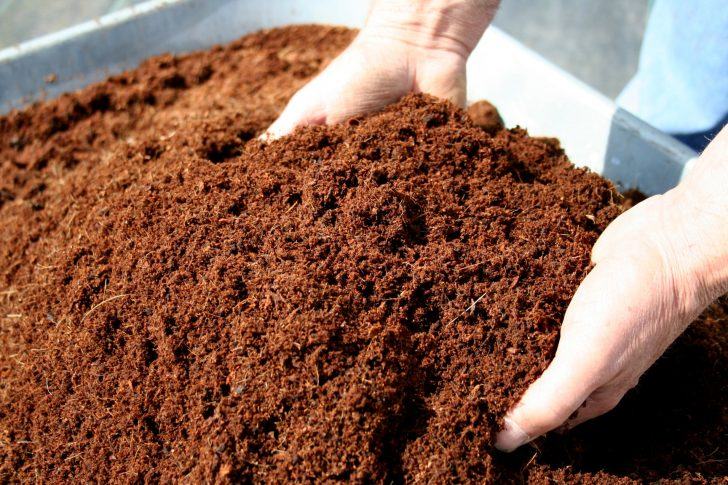
You can also find them in some formats with pearlite or with clay pebbles . jiffys are very popular and are already prepared so that the cultivation is very easy and transplantable as the marijuana plant grows.
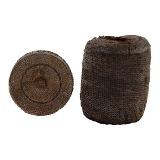
Expanded clay or arlite
It is a compound of clay added in the form of balls between 7 and 15 mm, which releases water according to the plant's needs and helps us to avoid diseases and parasites . This method is suitable for different recirculation systems and, like the previous one, it will also allow us greater oxygenation of the roots and it will give us good plant growth. .
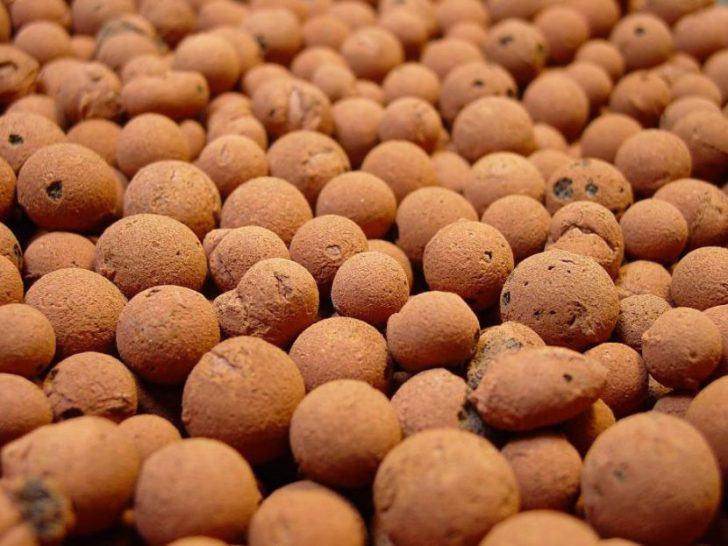
However, expanded clay requires cleaning preparation prior to use to balance the pH level and EC (electroconductivity). Before using it, it is recommended to put it in a basin or bucket full of water with a pH of 5.5. Surely you will need to change the water 2 to 4 times until the pH stabilizes at 5.5. It is a recyclable substrate, so you will simply have to clean it and re-balance the pH for the next plant.
Rock wool
Rock wool, a substrate made from volcanic rock, is also widely used for hydroponic cannabis cultivation. It is simple to use and very clean although it may be advisable for those with some experience. Like expanded clay, it also requires preparation of the stone wool block or cube to stabilize its pH at 5.5 .
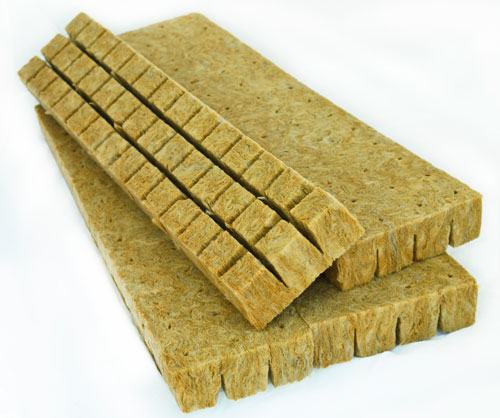
Like the previous methods, the rock wool substrate will shorten the duration of the cultivation since the growth will be fast and efficient due to its great oxygenation capacity. Once the cuttings have set in the small cubes of rock wool, they can be transplanted to the slab that houses a group of 4 or 5 plants in a block to have single bud harvests. This pays for the space but we cannot move the plant individually. For this, we would have an alternative in rock wool to have them separately: the mapito.
Mapito
The mapito is shredded rock wool, to be able to put it directly in each pot separately and to be able to move it to our liking.
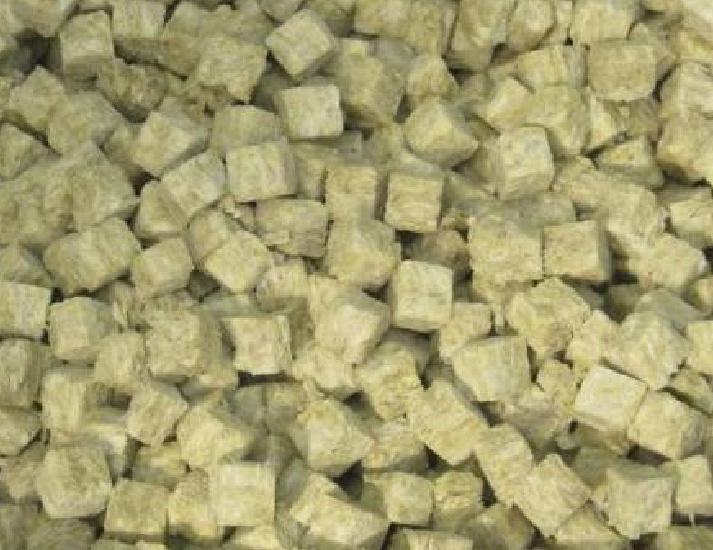
Organic substrates
Earth
The earth is the most universal substrate for planting any vegetable. But not just any kind of land is good for us. It is important not to be too compact and dense , but rather to be spongy, to allow the roots to breathe so that they grow freely and do not stagnate. It contains organic nutrients and we can make mixtures with other elements such as: volcanic rocks, coconut fiber, perlite, vermiculite, peat of various types, etc.
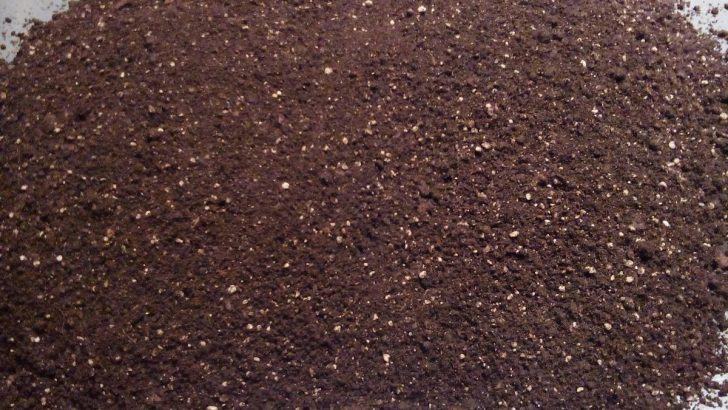
Peat
Peat is a set of decomposed organic plant materials . It is used to maintain humidity and that will allow us to save on irrigation water. Although for months and hotter areas, it can become dehydrated and that is why it is convenient to mix it with other components. We can find two types:
- Black peat : it is less fibrous and more decomposed so its color is darker. Its pH is higher, ranging between 7.5 and 8.
- White peat : it has a better capacity to retain water and its pH is low, between 3 and 4. It is also used to add acidity to the soil or substrate.
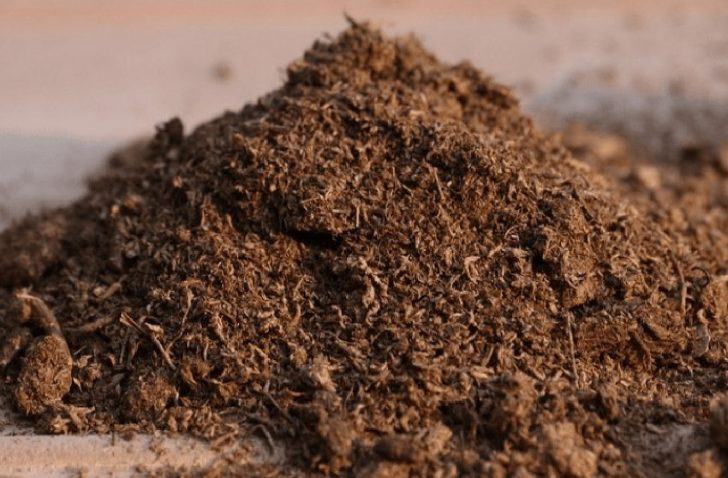
Worm and guano humus
A very effective organic fertilizer during the growth of our marijuana plant is compost or worm excrement, since it provides us with nitrogen . The guano or bat excrement will help us when we enter the flowering phase , since being rich in phosphorus is ideal for the flower formation.
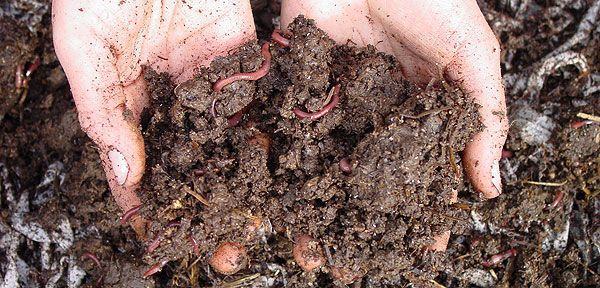
If it is the first time you are growing or you are not yet very expert, you can start with substrates that are made especially for growing cannabis with a ready-made mix of several components, with their respective ideal percentage for each one to make their own. function. Depending on the conditions of the place where you are growing yourself, you can see what your plant needs and even make your own substrate with different percentages of each component.
